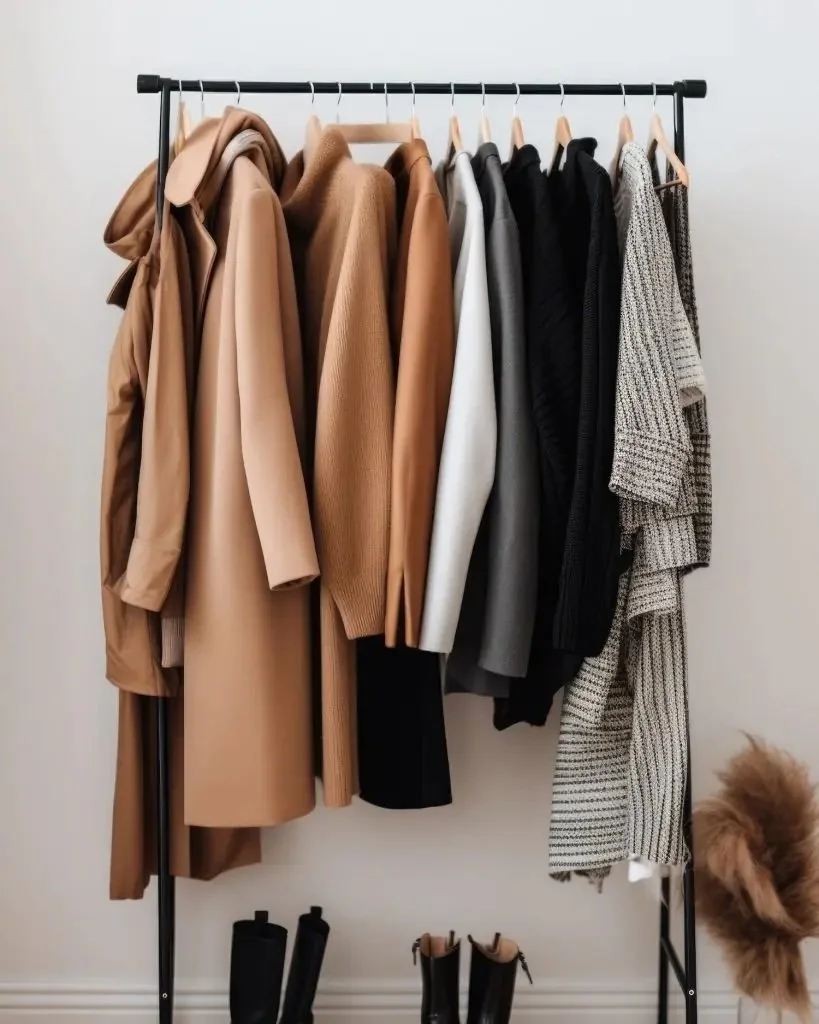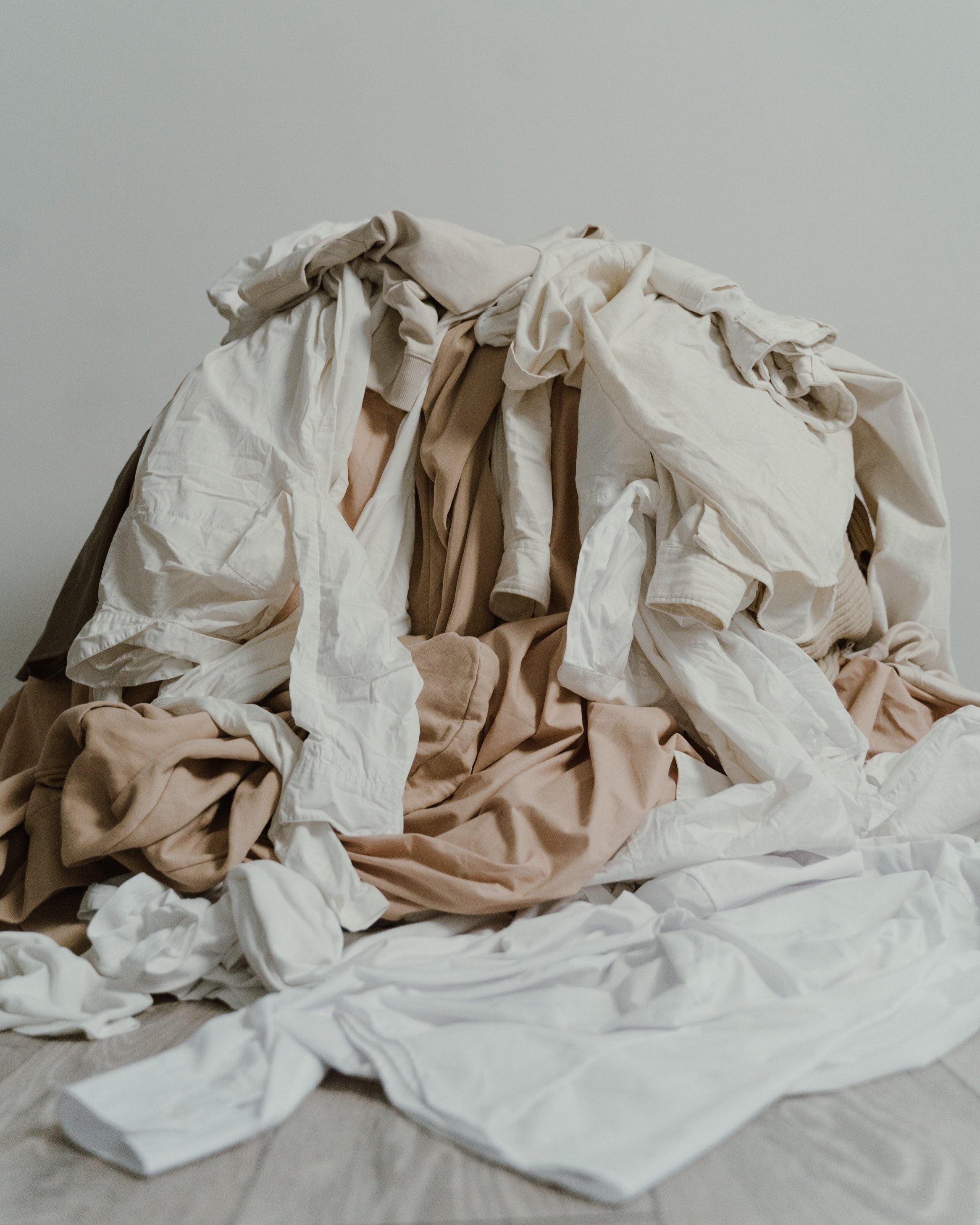What Is Responsible Jewelry: Recycled, Fair-Mined & More
A Guide to REsponsible Jewelry
The news from the jewelry industry can feel like a lot of doom and gloom. When the Kimberley Process isn’t working to stem the flow of conflict diamonds, when even lab-grown diamonds and sapphires can’t prove their environmental claims, finding the best and most responsible jewelry can feel impossible.
After all, when you went looking for your engagement ring, you probably knew enough to avoid blood diamonds and to look for recycled gold, but how much did you know about all of the even better and more responsible initiatives in the jewelry industry? Let’s dive in!
What are the barriers to finding responsible jewelry?
Transparency and traceability remain the biggest stumbling blocks when looking for responsible jewelry. While there have been some improvements in tracing materials like gold and sapphires, tracing the origin of diamonds - naturally mined or lab-grown - is still a murky process. Making the supply chains easier to track and trace is vital to being able to know whether or not your jewelry is responsibly made.
How can I find better sources of responsible jewelry?
Enter a bevy of projects and programs in the jewelry industry that are designed to increase equity, reduce harm and provide better traceability for your gold, sapphires, diamonds, and finished jewelry. In other words, there are so many better ways! And best of all, these options are easier to access than they used to be.
Let’s start with gold.
Is recycled gold a responsible source of gold?
Recycled gold has been the *ahem* gold standard among responsible jewelry brands for decades now, but many in the industry are questioning whether recycled gold goes far enough. In fact, recycling gold has been a standard since the discovery of gold thousands of years ago.
That said, there is one source of recycled gold that you can tap into to recycle responsibly - the gold already in your jewelry box. If you have jewelry you aren’t wearing; one good option is to have your jewelry remade into new pieces. Some jewelers and independent designers will take it on as credit towards your project, and others will actually melt it down (if appropriate) and remake it into a brand-new piece.
Every designer and maker has a different process, so if recycling your jewelry is an option, ask a jeweler if they will work with you.
If gold is recyclable, why is it still mined?
Gold is always a valuable substance, and it is infinitely recyclable, but this same inherent value also makes it still profitable to mine. Because gold is used for electronics, investments (think coins and bars) as well as jewelry, mining continues.
The result of gold mining without oversight, as in the case of some illegal artisanal mining, is that mercury is likely to be released into local water supplies. This makes fixing current gold mining practices and mining sites a priority.
Why is there mercury in the gold mining process?
Mercury is historically the most common way to separate the gold from the ore that it comes from. Mercury adheres to the gold; then artisanal miners burn it off to get to the gold itself. The leftover rock from the ore is now contaminated with mercury.
This rock is called tailings, and this is where future pollution goes from bad to worse. When the ore and tailings are mishandled or improperly stored, mercury leaches into the ground and poisons water sources. The results have been devastating to communities around the world.
What initiatives are working to remove mercury from the mining process?
Changing this system takes time, retraining, and funding. That is where Mercury Free Mining has entered the picture. The work that needs to be done takes years to both remove mercury from this process and repair the land. Their organization is working with mining communities to reduce harm to the environment and create better systems.
In addition, mines that used to use mercury need financial help to repair their land and water systems from environmental damage.
There are fundraising organizations ready to help former mercury-based mining sites in repairing their land. Better Without mercury, an initiative to repair the land around the Gualconda mine in Colombia, raises funds to assist this small-scale mine in environmental recovery.
Are there better ways to mine for gold?
Yes, definitely! In addition to reducing dependence on mercury, there are organizations now that produce better, more fair outcomes for communities that rely on mining for income. This is especially important in those communities where there are limited means to make a living and where there is an unequal path to prosperity for the people most impacted.
Organizations like The Alliance for Responsible Mining (ARM) have developed new strategies in gold mining that use better methods and that consider people and the planet in their mining processes. In 2014 they introduced Farimined gold as a way for both independent jewelers and their suppliers to access better gold sources.
What is Fairmined gold?
The Fairmined system certifies that gold miners must adhere to strict standards that they do not use child labor, that they promote well-being in their community, and that they maintain a small-scale operation to keep their environmental impact small. This is all done cooperatively with miners.
The Fairmined process is audited at many stages of the supply chain. Even jewelers who want to be certified to use Fairmined gold need to go through a routine process of auditing and reporting their inventory.
How do I find a jeweler who uses Farimined gold?
Well, that’s the easy part! Farimined maintains a list of certified jewelers who are licensed to buy and sell Fairmined gold. You can pick from their list and find all kinds of jewelers who you can shop with for either custom or ready-to-wear pieces.
Are there traceable and responsible sources of diamonds?
Great question! This remains one of the most challenging issues in the industry. Navigating diamond shopping is a rabbit warren of information - conflict-free, Kimberley Process, Responsible Jewellery Council certified, recycled, lab-grown - which one is best? Are any of them trustworthy?
Options for traceable and responsible diamonds are still very limited, mostly owing to the fact that the Kimberley Process does not track diamonds from mine to market.
The Kimberley Process Certificate is generated at only one single point and time - when the rough diamond crosses from one non-conflict country into another non-conflict country. That is where the journey of the Kimberley Process begins and ends.
It also does not address issues of human rights or environmental protection. Relying only on this certificate to find a responsibly-sourced diamond won’t guarantee you much responsibility.
Can you find any diamonds with a country of origin?
Diamonds with a known country of origin are not yet widely available. However, there are some new and exciting possibilities on the horizon.
Traditionally, diamond mining exploits workers by underpaying miners for their findings. In most cases, the benefits go to mining corporations and corrupt government officials. There are new initiatives designed to change this system. Root Diamonds is a very new project from Sierra Leone that is working to create its own supply chain.
Their diamonds are mined on a small scale, the diamond cutters are known, and the diamonds themselves are being sold directly and not through intermediaries. This makes the process much more transparent.
Are recycled or antique diamonds responsibly sourced?
Antique diamonds are a great choice for a responsible source of diamonds. With no new mining in the process, you are using existing materials to create new jewelry. While these diamonds don’t have any information about their original mining process or country of origin, they represent a way to repurpose what is already above ground.
Plus, older cuts are unique and more sparkly than newer cuts of diamonds.
You can get an antique diamond by working with an independent jeweler who can source them for you. Be sure that they purchase antique and recycled diamonds that are certified by SCS - a global environmental auditing service - to be sure that they are truly recycled.
How can I buy sapphires responsibly?
When it comes to colored gemstones like sapphires, your number of choices for traceable stones skyrockets. Montana, Australia, and Tanzania all have independent initiatives to mine carefully for sapphires and pay workers fairly.
Fair pay is important because mining and selling raw sapphires in many parts of the world can be a bad deal for the miners. Because of poverty, lack of support, corruption, and more, miners are often offered exploitative prices for their hard work. Initiatives have been developed to offer fairer prices and more prosperity.
One such successful partnership is the organization Pact working hand in hand with Moyo Gems to source, buy, and cut gems to sell to jewelers. They work with the Tanzanian Women’s Mining Collective (TAWOMA) to create a system with more gender equity, better safety, and a fair and transparent pricing system. This process is managed and administered by the collective, leaving them with higher profits and more autonomy.
Their gems are cut by master gem cutters, who are also paid a fair wage. These finished gems are then sold by dealers like Anza, where both jewelry designers and their customers can see what’s available. Moyo Gems even has a list of companies and independent designers who work with these gorgeous stones.
Can costume jewelry be responsibly sourced?
As with so many products, the lower the price, the lesser your chances of being able to trace the origins of your jewelry.
For instance, gold-fill jewelry might be able to claim that the outer gold layer is recycled, but the underlying brass layer might not be, and you might not even be able to find out the source of the brass.
Jewelry made from unknown metals and faux gemstones might have a country of origin for the finished jewelry but not for the random metals themselves.
With fine jewelry, that is, jewelry made from precious metals and stones, the materials can be almost endlessly reused. Platinum, gold, and silver can be melted down; diamonds, sapphires and rubies can be repurposed and reset; chains can be repaired.
Unfortunately, you can’t do the same with costume jewelry. Because it is often made from unknown or unlabeled metal, or from plastic or glass “stones”, or a layer of gold or silver over a base metal, melting and repurposing isn’t always possible. Costume jewelry almost always has little to no resale value unless it has a major designer name attached.
How can you recycle costume jewelry?
Enter The Radical Jewelry Makeover project. The Radical Jewelry Makeover is a part art project, part radical activism, and a creative and meaningful endeavor. They take donations of old costume jewelry, and artists transform these donations into new and reimagined pieces. This project not only helps create a circular fashion cycle, it asks you to consider the longevity of everything you buy.
CONCLUSION
While shopping for and sourcing responsible jewelry might be complex, your options have never been more exciting. These new initiatives point a positive way forward for the jewelry industry. By supporting, shopping with, and knowing about them, you can contribute to a more fair and equitable system.
About the Author:
Sharon Zimmerman is a profit and eCommerce consultant for product-makers, a metalsmith focused on responsible sourcing, and a member of the Jewelry Glossary Project. She loves torches, hammers, and sharing.
MAKE SURE TO PIN THE PHOTO BELOW TO SAVE THIS POST FOR LATER!
WANT TO FIND SUSTAINABLE BRANDS? VISIT OUR BRAND DIRECTORY!
Our Brand Directory is home to hundreds of sustainable brands, from makeup to cleaning supplies, from underwear to shoes. We have broken everything down by category for easy shopping, along with discount codes unique to Sustainably Chic viewers.




































